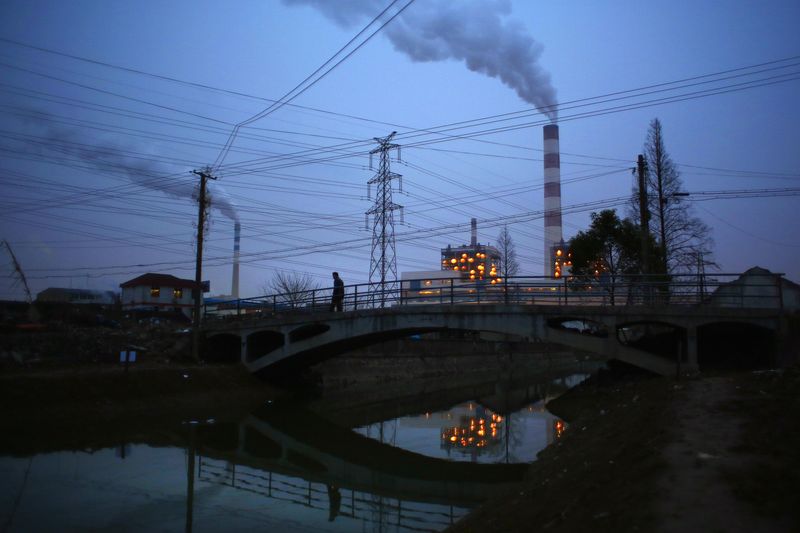By Simon Jessop and Kate Abnett
LONDON/BRUSSELS (Reuters) - The International Development Finance Club, a group of 26 national and regional development banks, said its members supplied $197 billion in green finance in 2019, representing a quarter of their total lending.
While a 47% increase on 2018, the figure for 2019 remains below a high reached in 2017, the IDFC said in a report published on Friday.
In total, $867 billion has been invested since 2015, when the Paris Agreement was struck to limit global warming.
The role of state-backed lenders in driving the global response to climate change is increasingly under the spotlight given their deep pockets and ability to pave the way for increased private-sector investment by sharing risk.
Their willingness to do more is set to be put to the test next week when the world's 450 development banks meet for the first time in Paris, with a number expected to sign a joint commitment to accelerate their climate efforts.
Of the finance provided in 2019 by the group, which includes the development banks of China, Japan, South Korea and France, 95% went towards climate finance with the rest, some $10 billion, towards other environmental objectives such as biodiversity projects and industrial pollution control.
The group did not specify how much it lent towards fossil fuel projects. A total of $5 billion was spent on "lower carbon and efficient energy generation", which can include fuel switch projects such as funding gas in favour of coal.
Within the climate finance, 87% went towards green energy projects and those focused on mitigating greenhouse gas emissions.
Climate change adaptation, meanwhile, accounted for 10% of total climate financing, up a quarter on the prior year and more than three times that invested in 2015, the report said.
The vast majority of the green finance expenditure - $135.8 billion - was aimed at projects in east Asia and the Pacific region, in line with the geographical make-up of the group and its spread of assets.
Most of the total spend, 87%, was invested in the banks' home countries and almost all of the financing, 97%, was provided in the form of loans.
